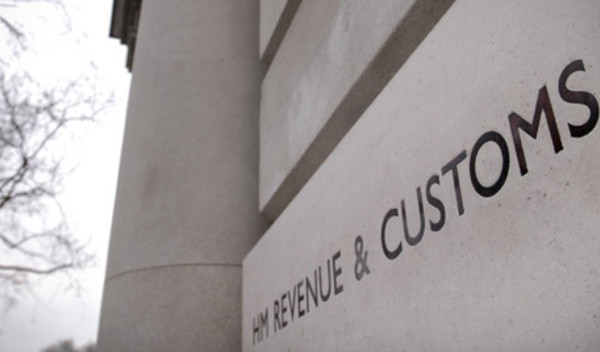

After more than a year’s hard-fought campaign by the British Medical Association on behalf of senior National Health Service clinicians affected by the tapered annual allowance, it seems highly likely that both HM Treasury and the Department of Health and Social Care will enable changes to be made to the NHS pension scheme to limit or eliminate the negative effects of the TAA.
It is currently affecting some 17,000 experienced doctors and consultants earning above the £150,000 – the TAA’s annual earnings threshold.
How does the TAA work?
A doctor sees their standard annual allowance (the amount they are allowed to put into their pension in a given tax year) of £40,000 fall by £1 for every £2 of income above the £150,000 threshold they earn (including employer pension contributions, dividends, interest, benefits in kind, income from private work, and so on).
This means that all senior staff earning more than £210,000 find the annual amount they are allowed to pay into their pension, or the value of their DB accrual, drops to just £10,000 – that is less than 5 per cent of their earnings and much less than anyone should be saving for their retirement.
Many have been hit with large tax bills as they ready themselves for retirement in a few years’ time; others are cutting their hours or retiring early.
When the BMA conducted a pensions survey of more than 16,000 of its members last year, it was horrified to find that 42 per cent of GPs have already reduced the number of hours spent caring for patients because of actual or potential pension taxation charges and 34 per cent of GPs planned to reduce their hours during 2019-20.
Dr Richard Vautrey, chairman of the BMA GP committee, said: “With patient lists growing and the number of GPs falling, swift and decisive action is needed from the government to end this shambolic situation and to limit the damage that a punitive pensions taxation system is inflicting on doctors, their patients and across the NHS as a whole.”
For hospital consultants, 30 per cent have already reduced their hours.
Across the country, several hundred thousand hours of patient treatment time are being lost.
This is well-trodden economic territory: the TAA sits on the right-hand side of the Laffer curve, in the territory where increasing tax rates actually reduces the total revenue raised because those being taxed alter their behaviour and reduce their income or consumption.
The TAA, introduced in April 2016 by then-chancellor George Osborne, was one of several manoeuvres designed in the era of austerity to help cut the Treasury deficit.
It arrived at the same time as lifetime allowance cuts, which also hit GPs and consultants with generous DB pensions that often exceeded the new LTA threshold.
If it is looking increasingly clear that the Treasury will scrap the TAA for doctors, surely it must be scrapped for all high earners?
We can not have one tax rate for a medical doctor and a different rate for the business entrepreneur who invents and builds the fantastic life-saving technologies that doctors have at their disposal today.
The only problem then is how the Treasury will find the £1bn that the TAA generated in the past financial year and, more importantly, the £1.6bn that this tax was scheduled to deliver into Treasury coffers by 2023-24.
If they want to take it from pensions then what this whole futile exercise has reminded us is that if you want to raise serious revenue, then apply a small tax across a wide-base and do not attempt a large tax across a narrow base.
There is a lesson in here for us all: whenever personal finances permit, we should maximise our usage of pension and Isa allowances each year, as they may not always be as generous going forward.
Adrian Boulding is head of retirement strategy at Dunstan Thomas



